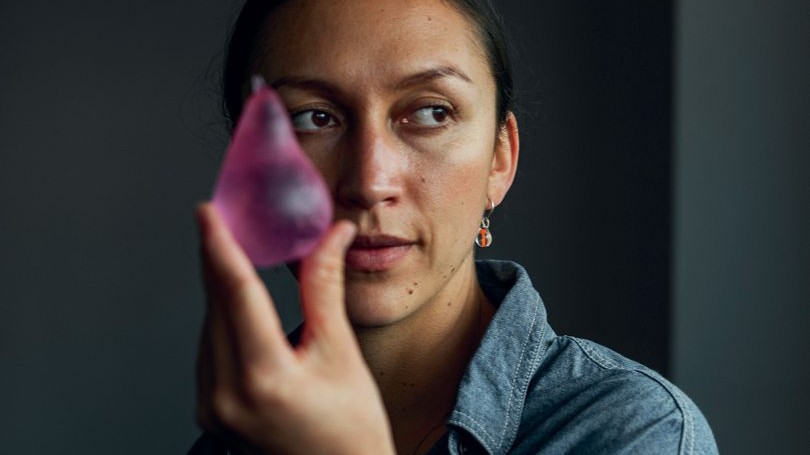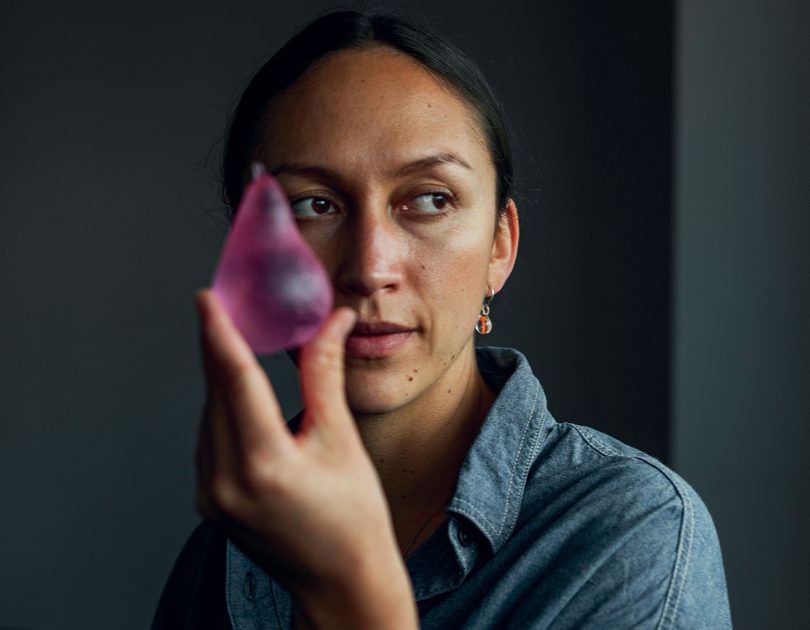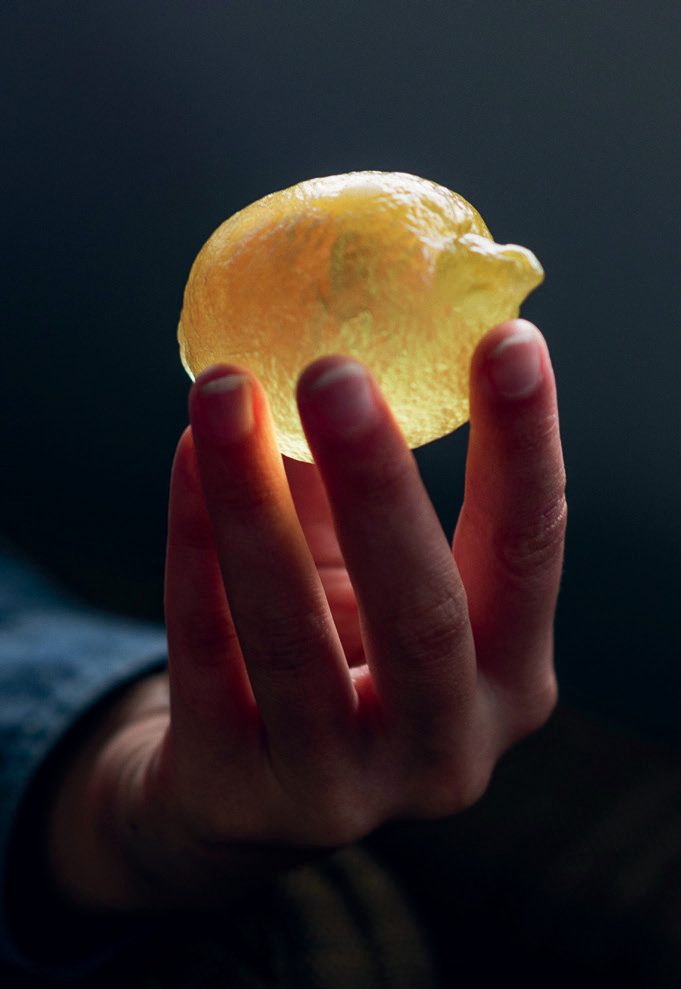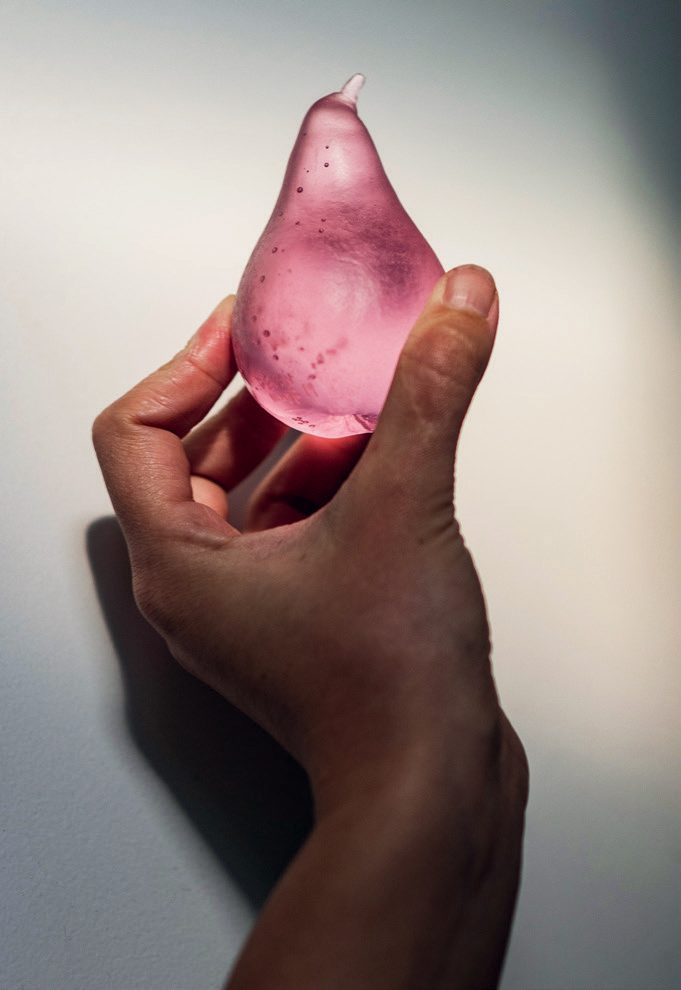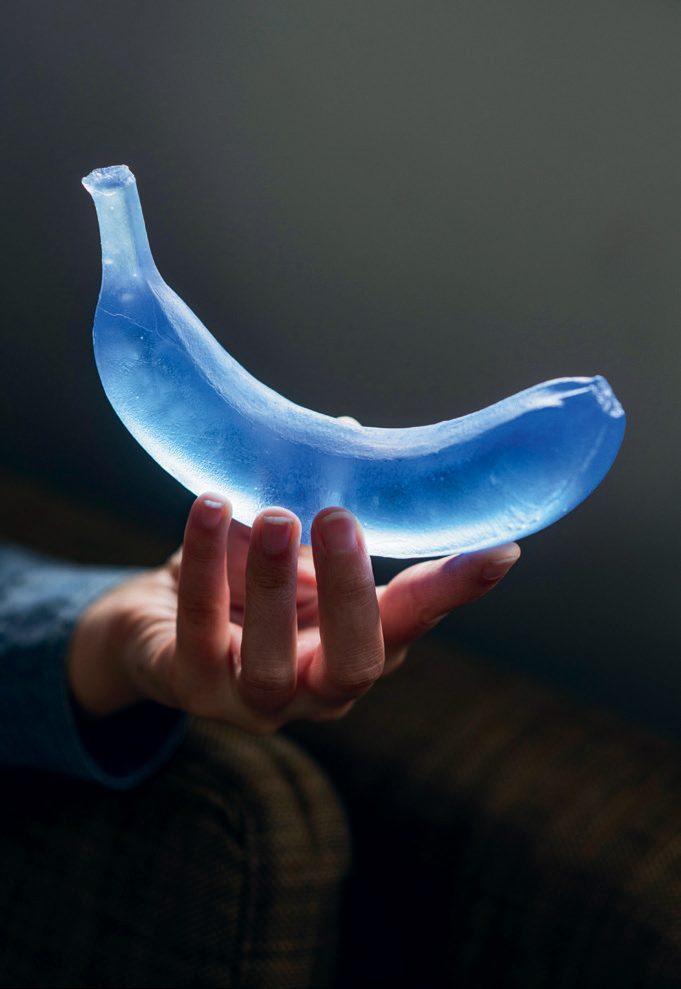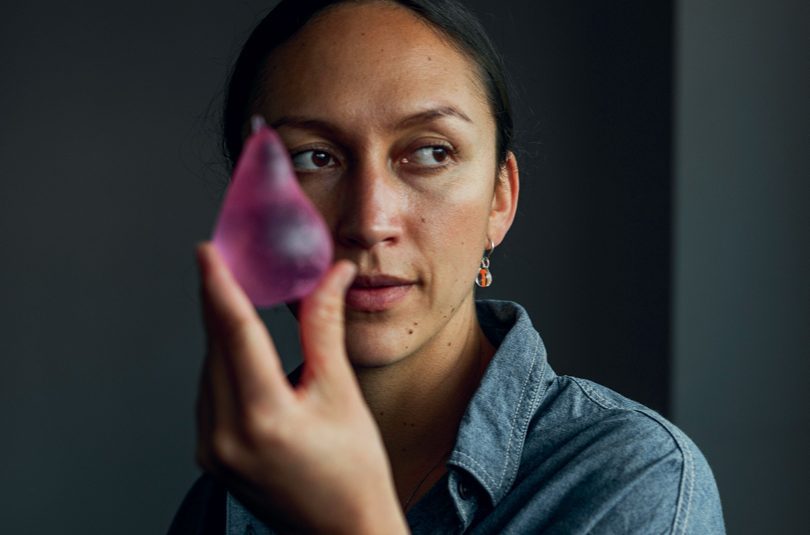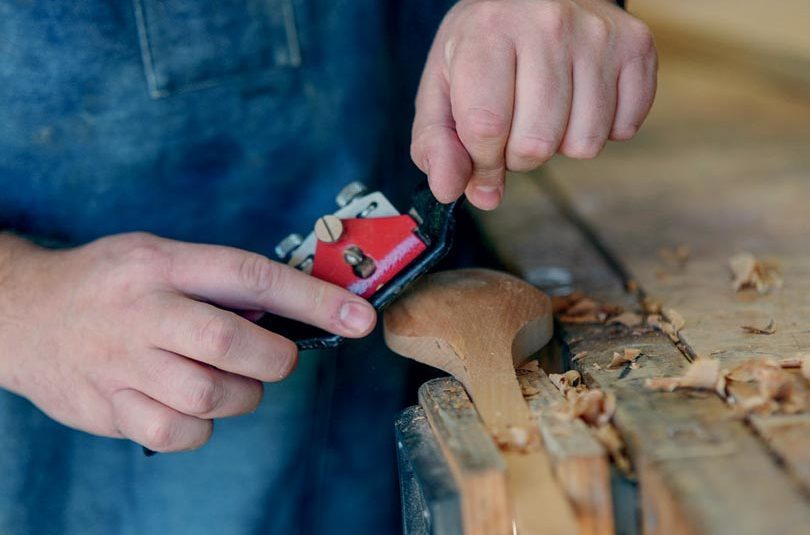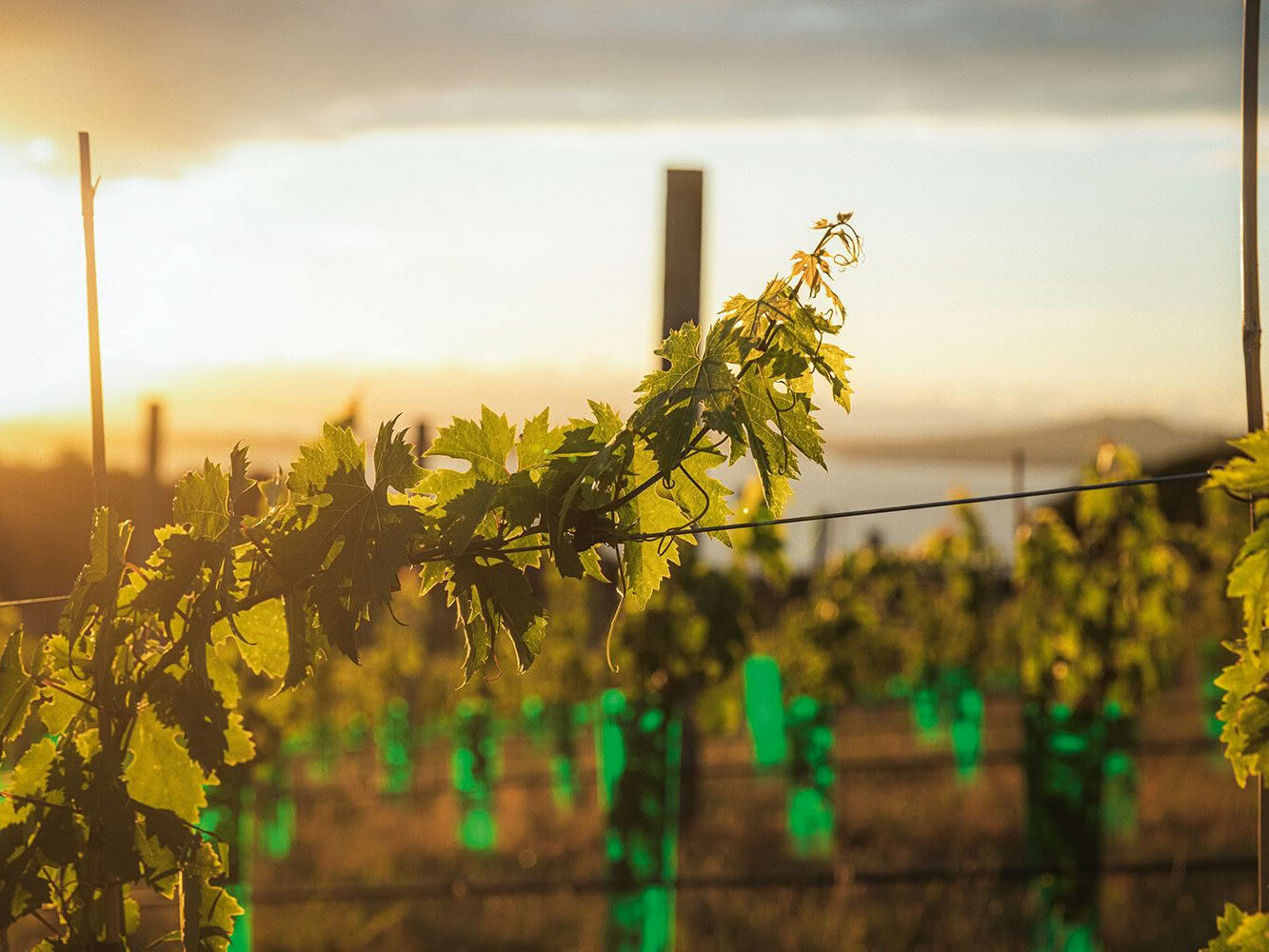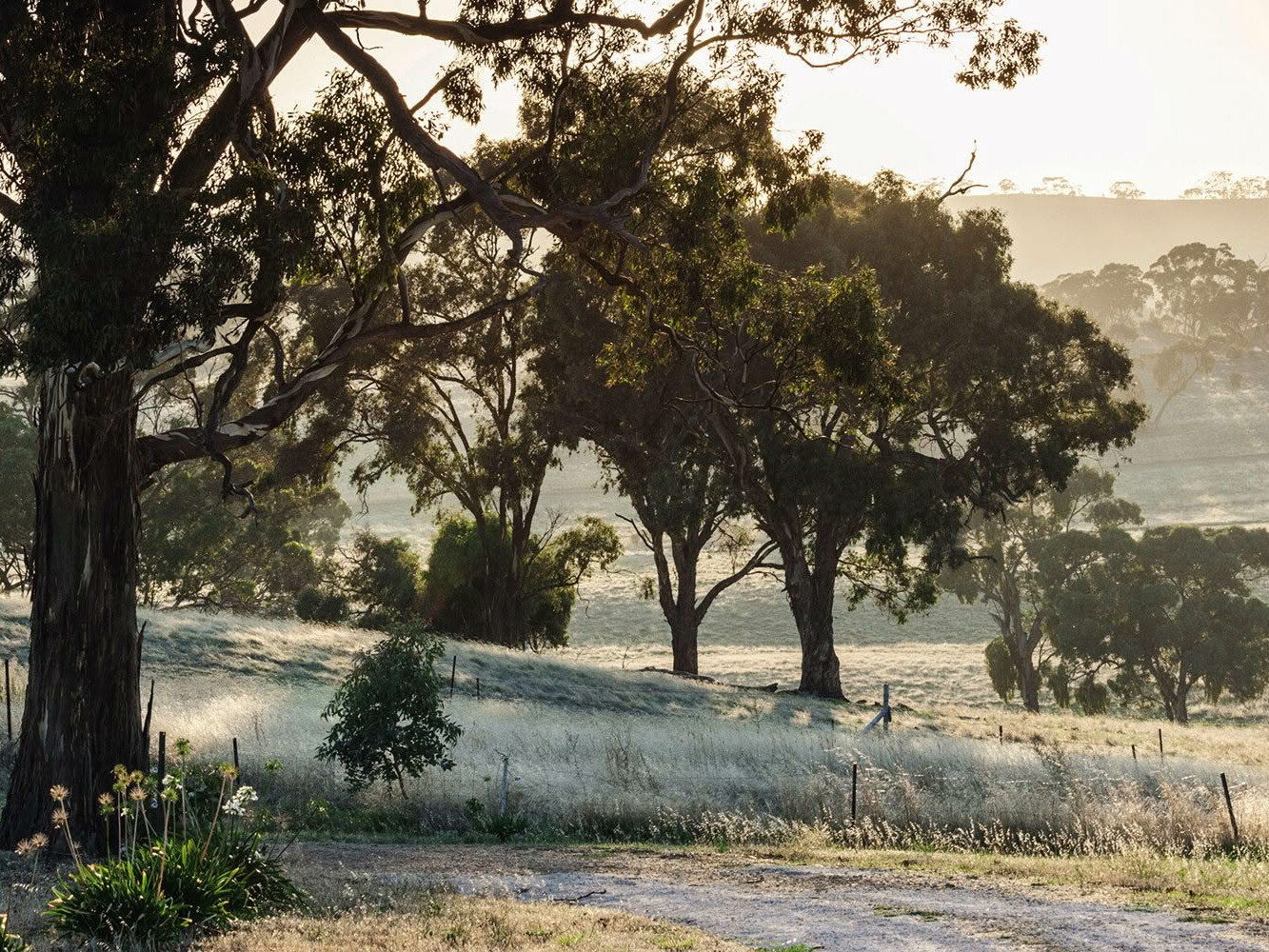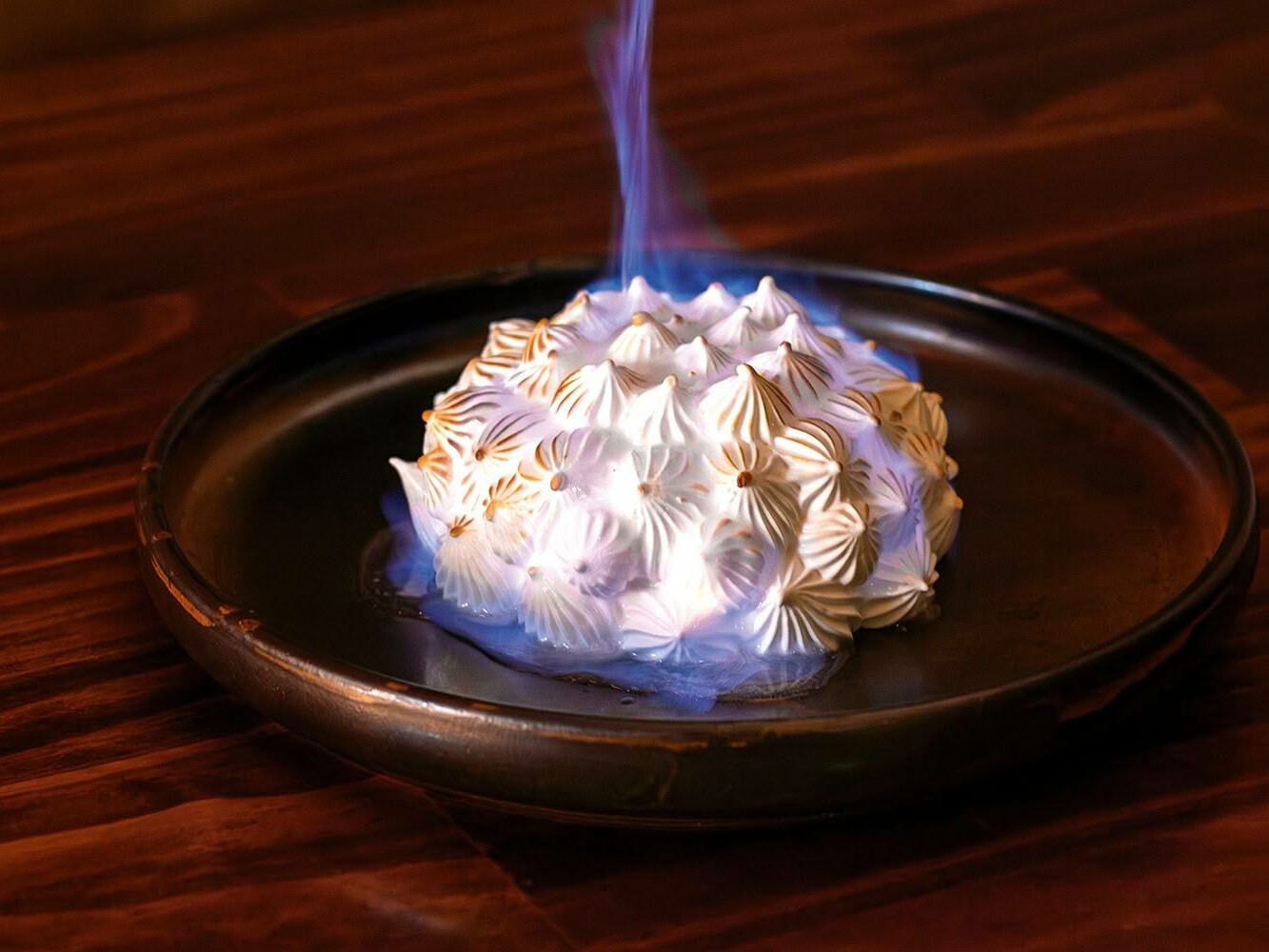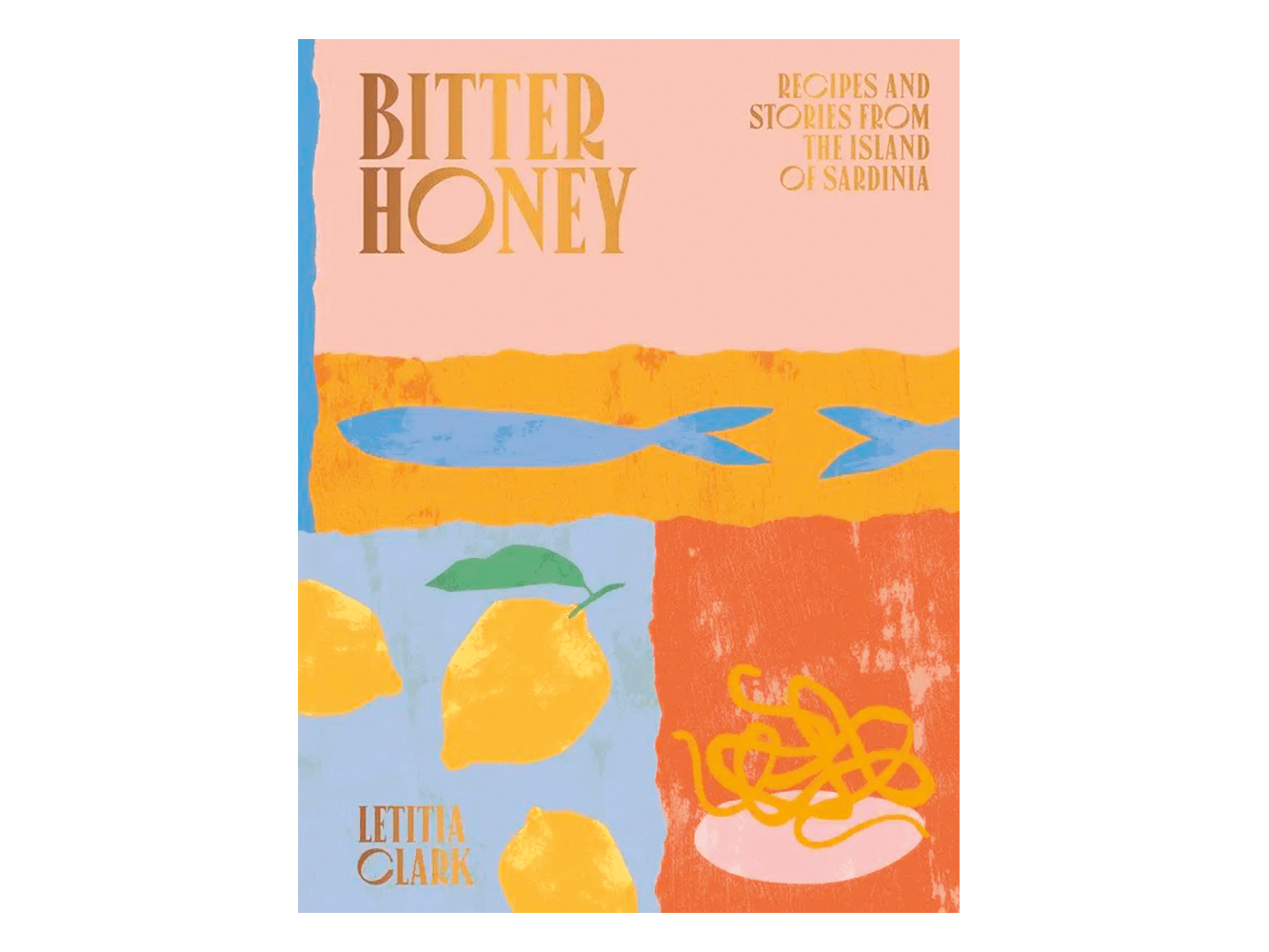TRACY WHITMEY meets a young artist creating playful glass art.
I’m bemused by my visceral reaction to Devyn Ormsby’s glass fruit. I’m intrigued by its glow, by the tiny bubbles encased within, by the perfect dimple in its base. Slightly disconcerted by a blue banana, my thumb strokes the rough end on the stalk where it looks as if it’s just been pulled off the bunch. I trace the outline with my fingertips, cup the weight in my hand – the pieces look light and dainty, yet pick them up and they have quite a heft.
“Fruit is a very familiar form,” Devyn says, “so it’s something pleasing, yet surprising at the same time. And the blue colour and the banana are the most surprising.”
As she explains the lengthy and, to me, very complicated technique of lost-wax casting I’m concentrating hard on silicon moulds, microcrystalline wax, plaster, glass billets, tooling and cold work, yet my hand keeps snaking out to caress the glowing green pear on the table. The delicacy of the sculptures bely the nuggety methods of their making as Devyn describes smashing the glass billets with a hammer, laughing at my horrified expression at a video of her divesting – attacking the plaster mould with a huge saw, hacking away to release the glass form inside.
The lost-wax casting technique enables Devyn to replicate exactly the tiny details of each original piece of fruit, right down to the dimpled texture of mandarin and lemon peel. These are glass-working techniques she learnt in her day job, working in a glass studio in Auckland.
Lacking very many peers as the glass industry in New Zealand is small, she travelled to Seattle in July 2019 to attend a three-week summer session at the Pilchuck Glass School. “It was really cool to meet other young people that are really into glass. In New Zealand the skills haven’t really been passed on and there are few places to learn. I love seeing things and thinking ‘How do they make that?’ and I loved seeing how it’s made by masters.” And, more recently, Devyn is just back from a trip to Prague where she spent time at the Lhotský Studio in Železný Brod, learning in this busy workshop which makes large pieces such as artist Karen LaMonte’s life-size cast-glass dress sculptures.
It wasn’t all work however, as Devyn squeezed in a visit to Copenhagen’s Designmuseum, an exhibition of French Impressionists and a few days in Berlin. Just as inspired by paintings as sculpture, she’s keen to combine glass pieces with other media. “I’m not ‘in love’ with glass, though I love the materiality of it,” she says.
Fruit and art are nothing new she reflects reminding me of the still life compositions of old. But it was the fashion for bright, chunky blown-glass fruit in the 1960s that inspired this collection. In contrast to those vivid, shiny pieces, Devyn deliberately wanted a muted colour palette. “The colours are equally popular,” she tells me. “Sometimes people buy the full set in the same colour, sometimes they choose one type of fruit in all the colours. At different times of day they have a different look. As glass is translucent it glows, so it’s really intriguing.”
Though the 60s fruits are nowadays most often found languishing in op shops, Devyn hopes that time may be kinder to her collection.
devonmadeglass.com
READ MORE
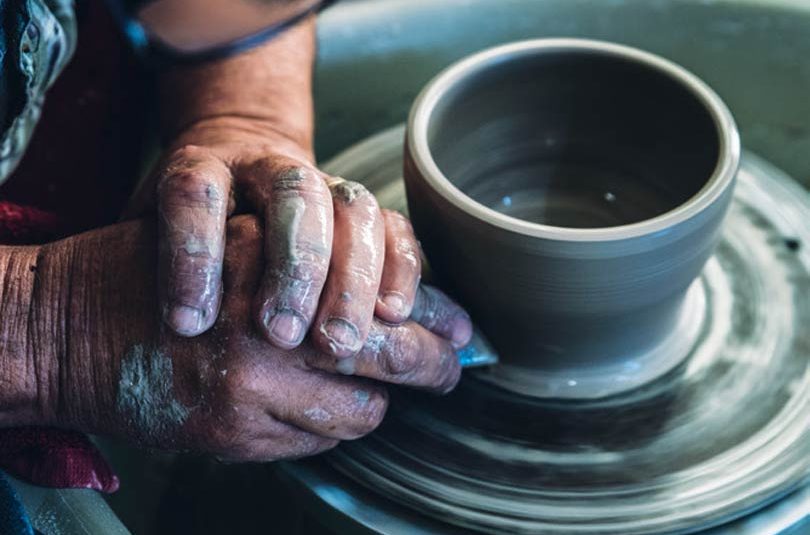
IN GOOD FORM
When Kate O'Sullivan put out a call to the members of her club to ‘ bring a plate’ it wasn’t a batch of sausage rolls or a tray of chicken wings that she had in mind.

